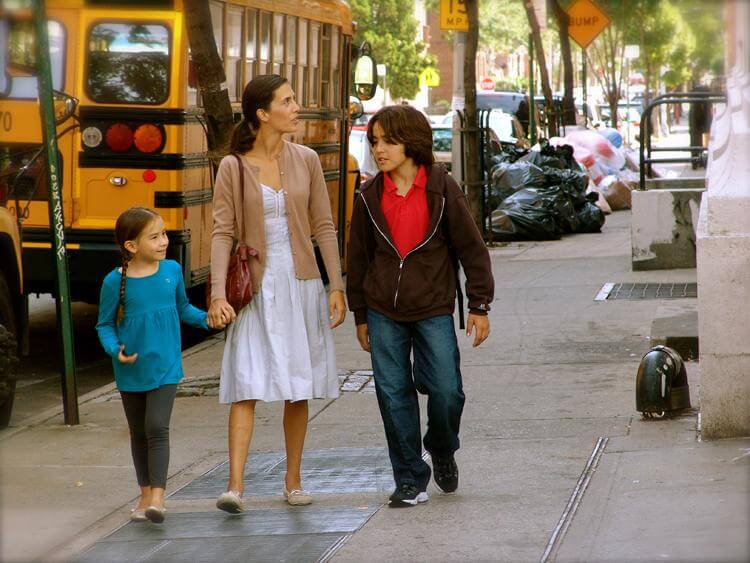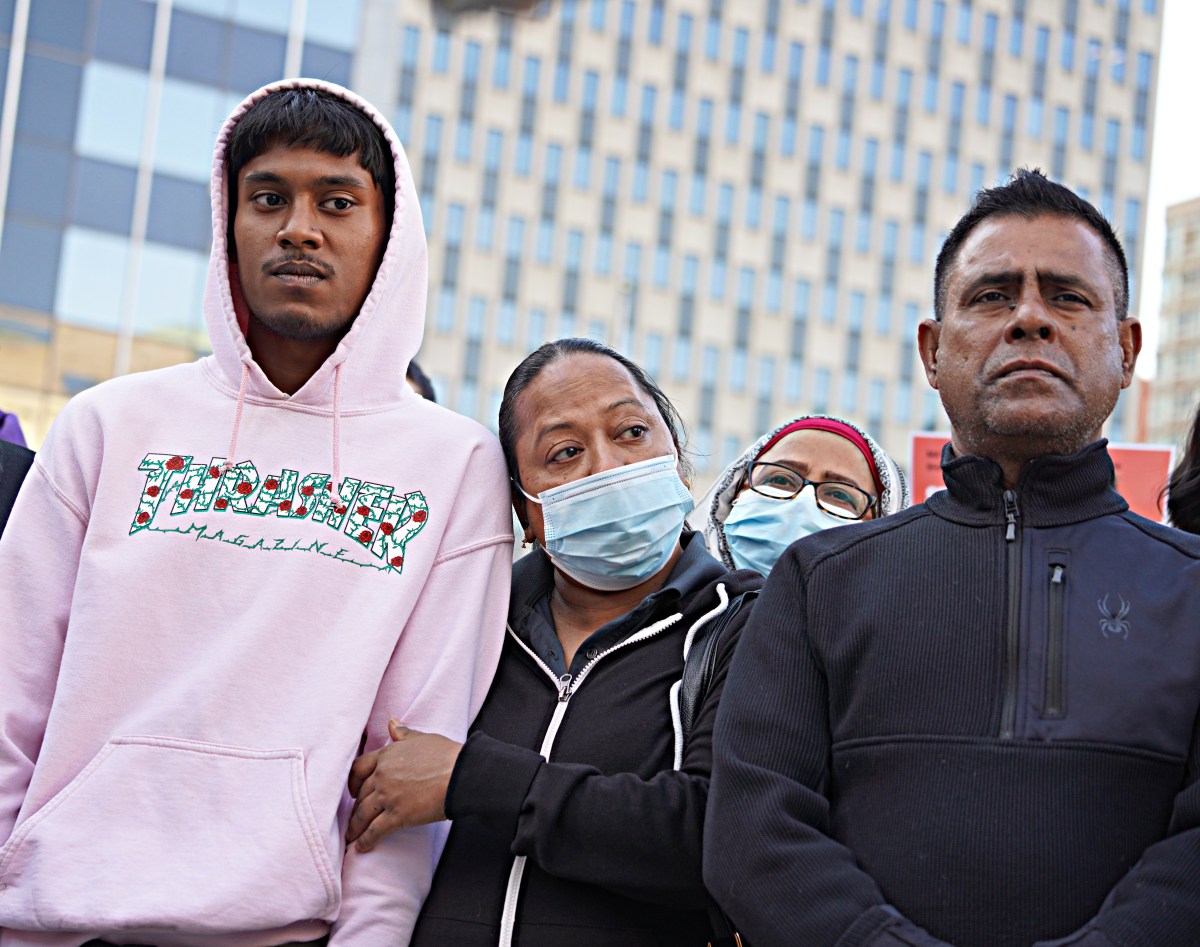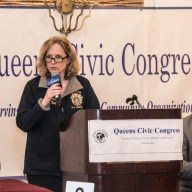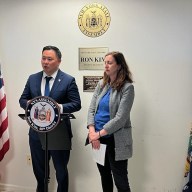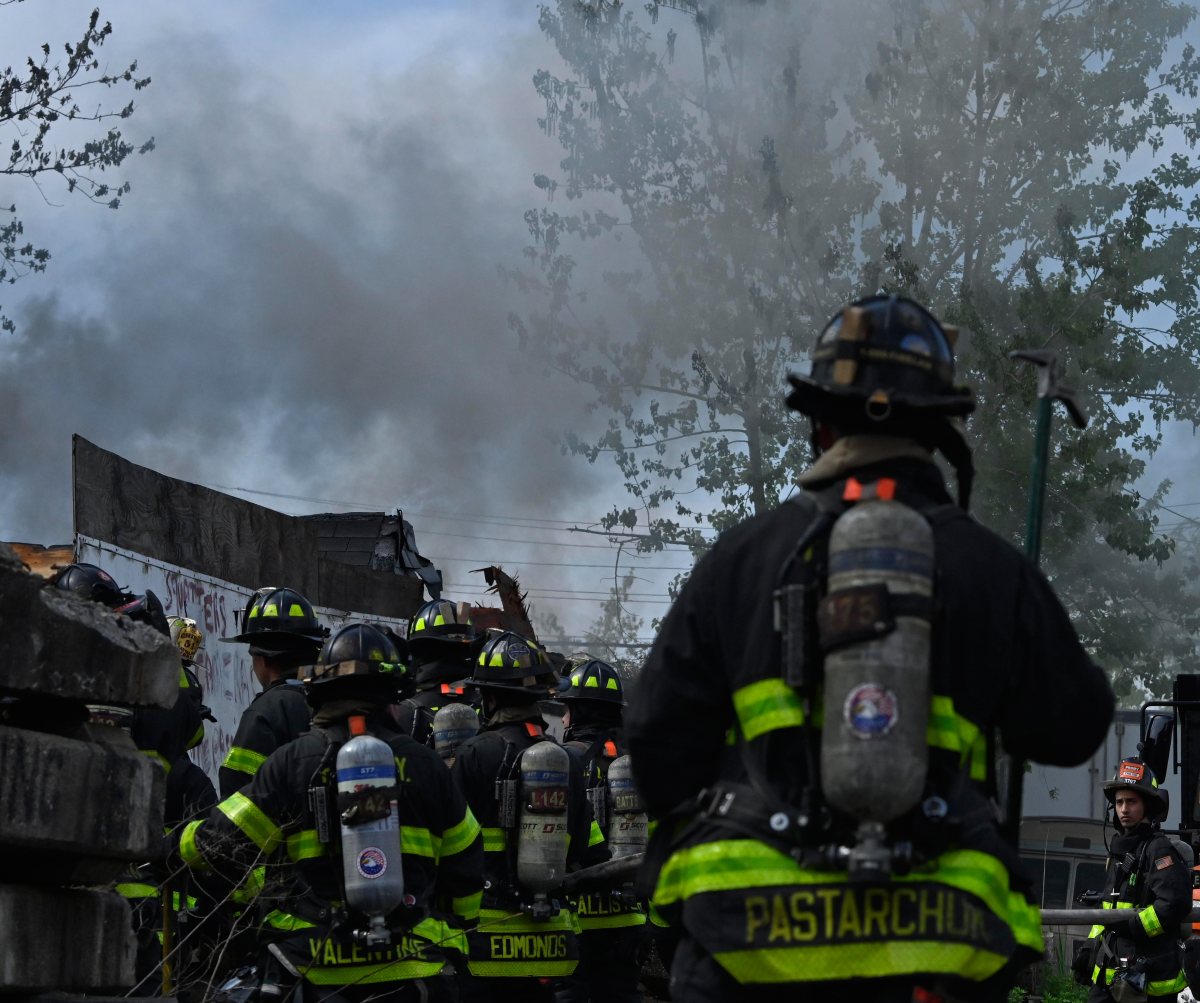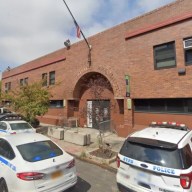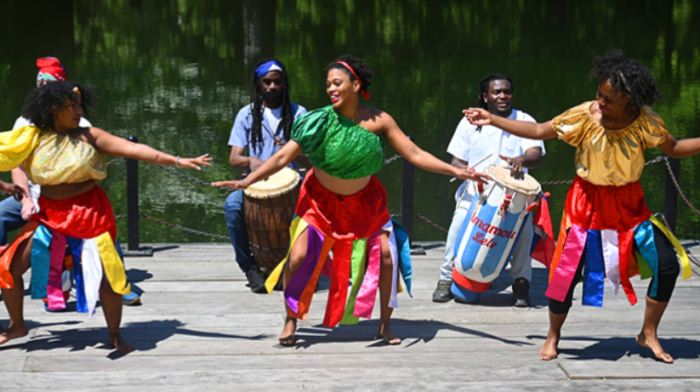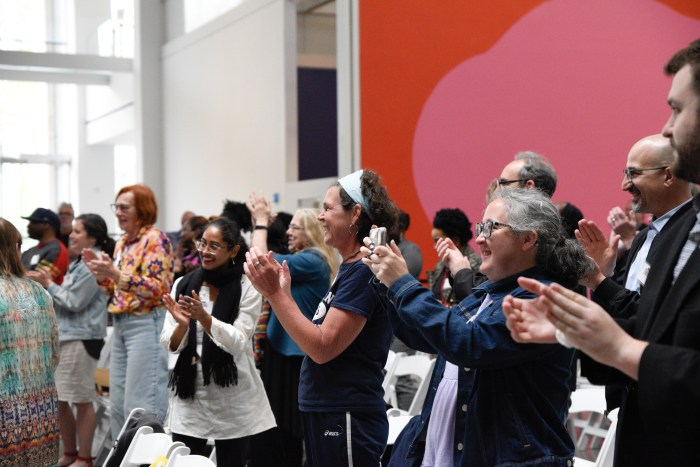By Nathan Duke
It should come as no surprise that directors Gloria La Morte and Paola Mendoza chose three of the borough’s most diverse neighborhoods to shoot “Entre Nos,” an independent film about a Colombian woman who struggles to support her children after her husband abandons them.
In the film, which just wrapped after a three−week shoot in several borough neighborhoods, Mariana (played by Mendoza, who also split directing, writing and editing duties with La Morte) illegally enters the United States with her two young children to search for a better life. But her husband, who already lives in Queens, abandons them and Mariana is forced to find a way to support her family.
The film, originally titled “We Can,” follows Mariana’s struggles as she and her children take up collecting cans to trade in for money after several odd jobs fail to pan out. La Morte said she and Mendoza followed an elderly couple around Manhattan who pay for their apartment by “canning.”
“We went out to do research and found that it’s not just necessarily homeless people who do this,” said La Morte, who moved to the U.S. at age 7 with her family and now lives in Union City, N.J. “They are not mentally ill. Some of them are families and do this for a living. There was a father and son who worked at a restaurant and did this for supplementary income.”
In the film, Mariana dreams of using the money from her can−collecting to open an empanada stand.
“It’s the first time she sees the hope of the American Dream,” La Morte said. “She is able to put a roof over their heads and food on the table.”
Mendoza’s family landed in New Jersey after leaving Colombia and the film was originally set in the Garden State. But the directors believed that setting “Entre Nos,” which means “between us,” in Queens would be more representative of the immigrant experience.
The film shot in sections of Jackson Heights, Corona and Flushing, where much of the film is set, as well as New Jersey.
“It was very important for us to set the film in Queens because it is a place where so many communities and cultures meet,” La Morte said. “It’s an intimate story, but also a universal one. So we thought that Queens was the right place for us.”
The directors juggled a number of jobs on the film’s production. Both La Morte and Mendoza worked on the script and directed the film. They began syncing the sound on the film with La Morte’s husband, Joseph, last week and the three of them will take four months to edit the film. Mendoza also acted in the film’s lead role.
“It’s a low−budget independent film,” said La Morte, who has previously edited and produced documentaries, but makes her directorial debut with “Entre Nos.” “In the independent film world, you have to pool your resources. It’s such a humbling learning experience.”
The directors plan to submit the film into national and international film festivals, including Sundance, Toronto, Berlin and Tribeca, La Morte said.
She said she hopes the film, which will be in English and Spanish, will be picked up for distribution on the festival route and released next year.
“Entre Nos” is one of several recent independent films on the immigrant experience to be shot in the borough. Director Simon Brand’s “Paraiso Travel,” a Jackson Heights−set film about Colombian immigrants, debuted in May at the Tribeca Film Festival, while the forthcoming “7 to the Palace” tells the story of an aspiring chef (Aasif Mandvi of “The Daily Show”) who takes over his father’s Indian restaurant in Jackson Heights.

